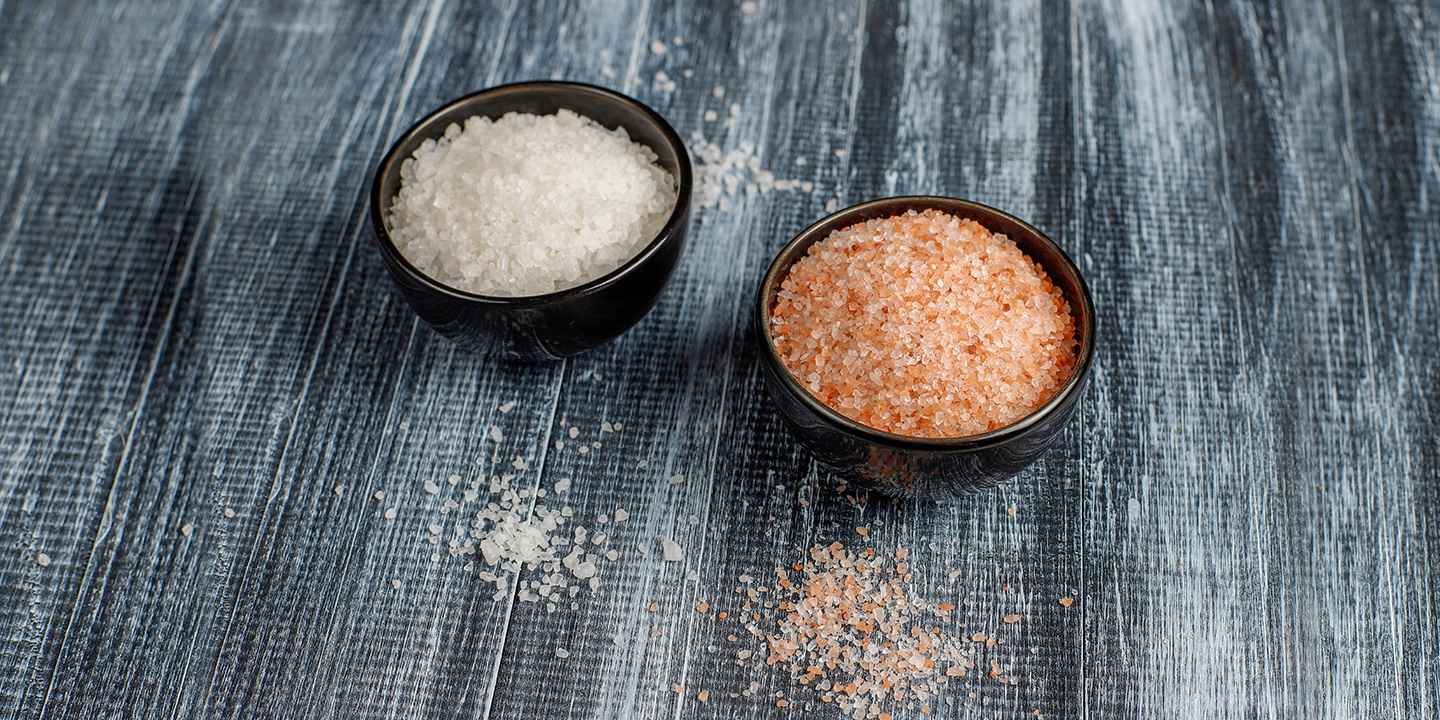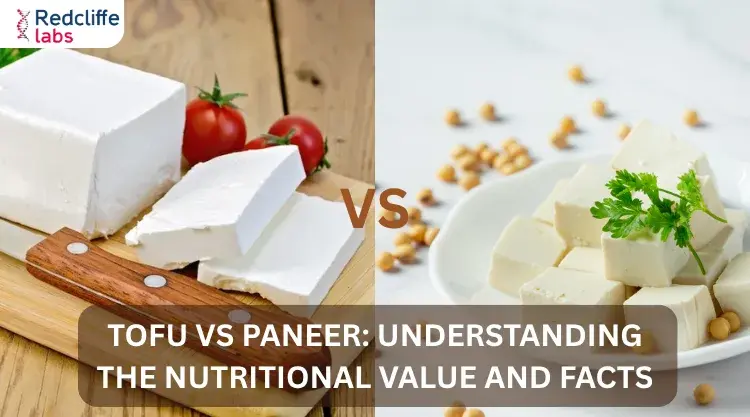Table Salt vs Himalayan Pink Salt: which salt is good for your health?

Medically Reviewed By
Dr Divya Rohra
Written By Dr. Ragiinii Sharma
on Mar 29, 2022
Last Edit Made By Dr. Ragiinii Sharma
on Oct 10, 2025

Salt is one of the most basic ingredients in an Indian diet. White salt or table salt is the most commonly used salt in our food. But with the world moving towards healthier food alternatives, a lot of options of ‘healthier’ salts are now available in the market. There is a current trend of pink salt being healthier and more nutritious than table salt. With the trend changing frequently, we have all become really confused about which salt we should use. In this article, we will be dealing with this really important topic. Read along to explore what is table salt, pink Himalayan salt, and which salt is a healthier option for you.
Table salt is refined salt, more commonly known as iodized salt. It is a type of granulated and fine salt that is used for cooking. In order to remove any impurities or trace minerals, the salt is highly refined. Anti-caking agents are added to the salt so that the salt does not clump together. Sometimes sugar or other additives are also added to the table salt. The sodium chloride content in table salt is approximately 97 - 99%.
What is Himalayan Pink Salt?
According to the author of the book ‘Eat to Beat Disease: The new science of how your body can heal itself’, the pink Himalayan salt is obtained from the Khewra Salt Mine of the Himalayas present in the Punjab region of Pakistan. The salt has a natural pink colour probably due to the traces of iron present in the salt and is more natural than the other salts available in the market. It is claimed to be one of the purest forms of salt. It is also said that the Himalayan pink salt provides much healthier benefits in comparison to table salt.
Which salt is good for your health?
There is no conclusion in regards to whether the Himalayan pink salt is better or table salt. Salt typically contains sodium chloride. Sodium chloride is known to be essential for human health, therefore should be consumed in any way possible. According to Dr. Li, salt regulates blood pressure and keeps your cells and organs healthy, regardless of the source from which it is consumed. According to a study conducted in 2017 and published in Scientific Reports, the harmful materials present in sea salt are in such a small quantity that their impact on human health is almost insignificant.
Talking about the nutritional aspects of salt, almost all salt contains similar sodium content. The difference between the two salts is roughly due to the trace amount of minerals. The table below shows the quantity of trace minerals in percentage present in table salt and Himalayan pink salt.
| S.No. | Minerals | Table salt | Himalayan pink salt |
|---|---|---|---|
| 1 | Sodium | 39.1% | 36.8% |
| 2 | Potassium | 0.09% | 0.28% |
| 3 | Magnesium | < 0.01% | 0.1% |
| 4 | Iron | < 0.01% | 0.0004% |
Why is Himalayan Pink Salt being preferred over Table Salt?
There are other studies also which state that the pink Himalayan salt is better than the usual table salt. The health benefits that are claimed to be associated with the consumption of pink salt are
-
High mineral content
According to sources, there are 84 different trace minerals present in pink Himalayan salt. However, pink salt is composed of 98% sodium chloride, which indicates that only 2% is made up of other trace minerals. Now looking at the small quantity in which salt is consumed and the even smaller amount of minerals present in the salt, it is very unlikely that these trace elements can provide any health benefits to humans.
-
Less sodium intake
Although both the Himalayan and table salt contain the same sodium content, it is often seen that the pink salt has a saltier flavour and therefore can be used in less amounts in the food. Also, pink salt has larger crystals which means in one tablespoon of salt, there is comparatively less sodium present. However, according to the American Heart Association (AHA), 75% of sodium intake in our diet is from the already present salt in processed and prepared food, therefore, table salt does not add any larger amount of sodium to our diet.
-
Heps in hydration
There is a group of people who believes that a pinch of salt in food or drinks can prevent dehydration and maintain an optimal fluid balance in your body.
Adverse Effects of Salt
According to the American Heart Association (AHA) and the Pritikin Longevity Centre, 1500 milligrams of sodium are required for the healthy functioning of the body per day irrespective of the source from which it is obtained. Consuming more than 1500 mg of sodium per day can lead to adverse effects on health like:
- Formation of kidney stones
- Increased blood pressure
- Chronic inflammation in the stomach lining
- Osteoporosis
- Headache
- Acid reflux
- Stroke
- Senility
- Kidney failure
- Heart attack or failure
Takeaway
Pink salt and table salt have almost the same nutritional content and health benefits. Now that you know in detail about both the salts, you can choose any salt as per your own preference without compromising with the nutritional content.
Frequently Asked Questions (FAQs)
-
Does pink salt affect blood pressure?
If consumed at an optimum amount, pink salt will not have an adverse effect on your blood pressure. However, if you consume more than 1500 mg of salt per day, it can cause an increase in your blood pressure.
-
Which salt is best for cooking?
Both the Himalayan pink salt and table salt are considered good for cooking.
-
Is Himalayan pink salt iodized?
Himalayan pink salt contains a comparatively lesser amount of iodine than iodized salt. Therefore, for people who have iodine deficiency, pink salt is not recommended.
Leave a comment
2 Comments
Benedict D'Cruze
Dec 5, 2024 at 4:17 PM.
Why physician prescribes for pink salt instead of table salt?
Myhealth Team
Dec 6, 2024 at 5:54 PM.
Physicians may recommend pink salt over table salt because it contains trace minerals like potassium and magnesium, is less processed, and may offer a better sodium-to-mineral balance. However, it's important to use any salt in moderation to avoid health risks.
Lionel Wedge
Nov 11, 2024 at 10:23 PM.
How does one know if you have an iodine deficiency
Myhealth Team
Nov 15, 2024 at 6:34 AM.
Iodine deficiency can cause symptoms like fatigue, weight gain, dry skin, hair, cold sensitivity, and goiter (swelling in the neck). If you suspect a deficiency, thyroid function tests and iodine level checks can confirm it. Consult a healthcare provider for proper diagnosis and treatment.



